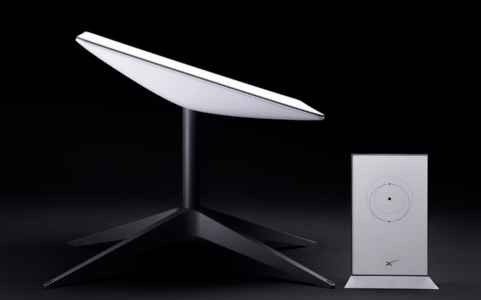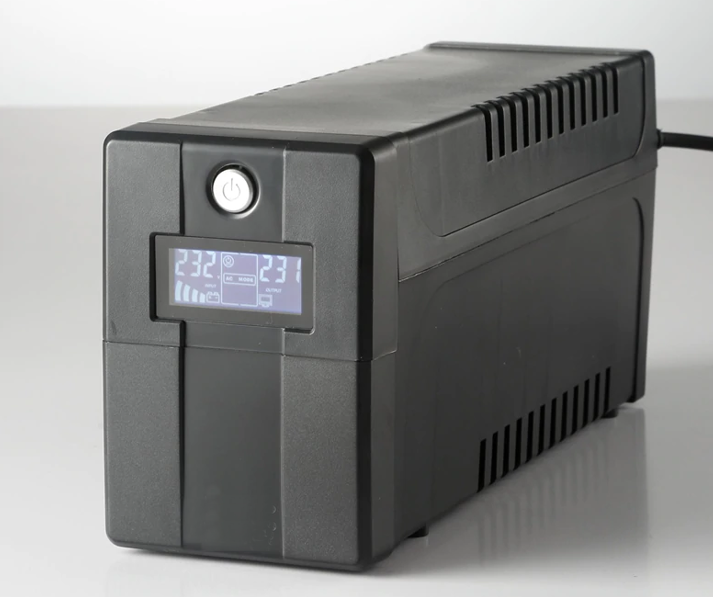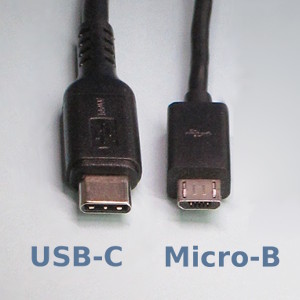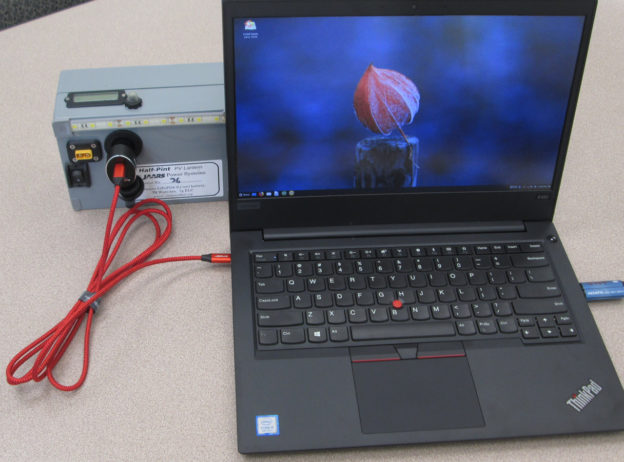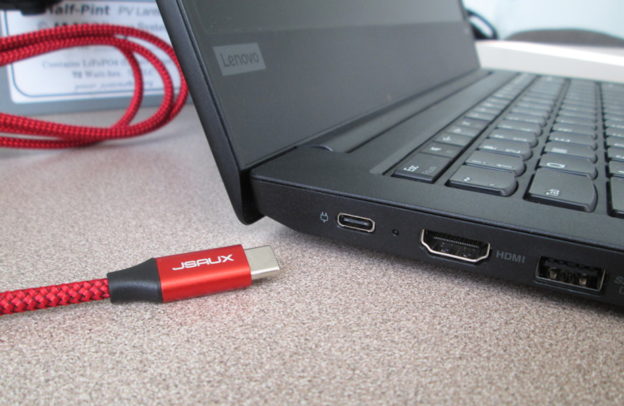See our “How to choose a computer” self-help page for more general recommendations on evaluating a laptop for solar power use. The below laptops are what we would recommend as of today for running on solar power using a Half-Pint. We have not evaluated how well Linux will run on them so do your homework if you plan on using Wasta or other Linux.
Continue reading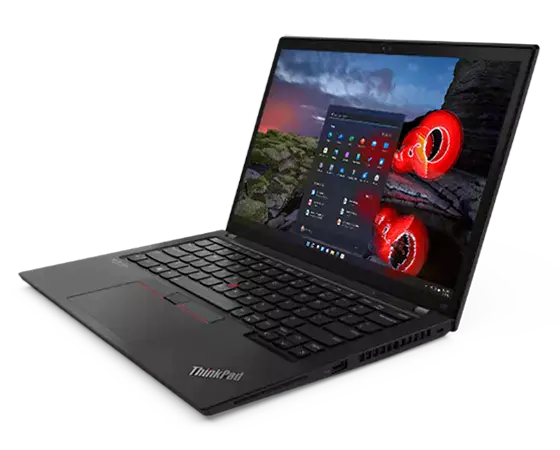

 GTIS Power and Communications Systems
GTIS Power and Communications Systems
